Gears are toothed wheels which transmit motion and power between rotating shafts by means of successively engaging teeth. They give a constant velocity ratio and different types are available to suit different relative positions of the axes of the shafts
The slipping of a belt or rope is a common phenomenon, in the transmission of motion or power between two shafts. The effect of slipping is to reduce the velocity ratio of the system. In precision machines, in which a definite velocity ratio is of importance (as in watch mechanism) , the only positive drive is by gears or toothed wheels. A gear drive is also provided, when the distance between the driver and the follower is very small.
Gears are used in tons of mechanical devices. They do several important jobs, but most important, they provide a gear reduction in motorized equipment. This is key because, often, a small motor spinning very fast can provide enough power for a device, but not enough torque. For instance, an electric screw driver has a very large gear reduction because it needs lots of torque to turn screws, but the motor only produces a small amount of torque at a high speed. With a gear reduction, the output speed can be reduced while the torque is increased.
Advantages and Disadvantages of Gear Drives
The following are the advantages and disadvantages of the gear drive as compared to other drives, i.e. belt, rope and chain drives :
Advantages
1. It transmits exact velocity ratio.
2. It may be used to transmit large power.
3. It may be used for small centre distances of shafts.
4. It has high efficiency.
5. It has reliable service.
6. It has compact layout.
Disadvantages
1. Since the manufacture of gears require special tools and equipment, therefore it is costlier than other drives.
2. The error in cutting teeth may cause vibrations and noise during operation.
3. It requires suitable lubricant and reliable method of applying it, for the proper operation of gear drives.
Classification of Gears
The gears or toothed wheels may be classified as follows :
1. According to the position of axes of the shafts. The axes of the two shafts between which he motion is to be transmitted, maybe
a) Parallel
b) Intersecting
c) Non-intersecting and non-parallel.
The two parallel and co-planar shafts connected by gears are usually spur gears and the arrangement is known as spur gearing. These gears have teeth parallel to the axis of the wheel as shown. Spur gears are one of the most used gears in the industry
Another name given to the spur gearing is helical gearing, in which the teeth are inclined to the axis. The tooth profile have an angle with rotation axis in a helical gear. Helical gears are more silent and can carry more load than spur gears. They are used in gearboxes of vehicles, gear reducers and machinery.
Another type is double helical gear.The object of the double helical gear is to balance out the end thrusts that are induced in single helical gears when transmitting load. The double helical gears are known as herringbone gears. Herringbone gears (also known as double helical gears) have two helical gears with opposite angles placed in the same body. They are generally used in rolling mills
The two non-parallel or intersecting, but coplaner shafts connected by gears is called bevel gears and the arrangement is known as bevel gearing. Bevel gears enable a change in the axes of rotation of the respective shafts, commonly 90
The bevel gears, like spur gears may also have their teeth inclined to the face of the bevel, in which case they are known as helical bevel gears. Spiral bevel gears have the same functionality with straight bevel gears. More than that, these gears are more silent and offer more load carrying capacity with higher rpm
Notes :
(i) When equal bevel gears (having equal teeth) connect two shafts whose axes aremutually perpendicular, then the bevel gears are known as mitres.
The gears may also be classified as
2. According to the peripheral velocity o fthe gears. The gears, according to the peripheral velocity of the gears, may be classified as :
(a) Low velocity, (b) Mediumvelocity, and (c) High velocity.
The gears having velocity less than 3 m/s are termed as low velocity gears and gears having velocity between 3 and 15 m/ s are known as medium velocity gears. If the velocity of gears is more than 15 m / s, then these are called high speed gears.
3. According to the type of gearing. The gears, according to the type of gearing, may be
classified as :
(a) External gearing, (b) Internal gearing, and (c) Rack and pinion.
In external gearing, the gears of the two shafts mesh externally with each other. The larger of these two wheels is called spur wheel or gear and the smaller wheel is called pinion. In an external gearing, the motion of the two wheels is always unlike .In internal gearing, the gears of the two shafts mesh internally with each other. The larger of these two wheels is called annular wheel and the smaller wheel is called pinion. In an internal gearing, the motion of the wheels is always like.
Sometimes, the gear of a shaft meshes externally and internally with the gears in a straight line, as shown in Fig. Such a type of gear is called rack and pinion. The straight line gear is called rack and the circular wheel is called pinion. A little consideration will show that with the help of a rack and pinion, we can convert linear motion into rotary motion and vice-versa. They are generally used in vinches, routers and sliding gates. A perfect example of this is the steering system on many cars. The steering wheel rotates a gear which engages the rack. As the gear turns, it slides the rack either to the right or left, depending on which way you turn the wheel.
4. According to the position of teeth on the gear surface. The teeth on the gear surface may be
(a) Straight, (b) Inclined, and (c) Curved.
We have discussed earlier that the spur gears have straight teeth where as helical gears have their teeth inclined to the wheel rim. In case of spiral gears, the teeth are curved over the rim surface.
Worm Gears
The worm gear only has one tooth but it is like a screw thread. The wormwheel is like a normal gear wheel or spur gear. The worm always drives the worm wheel round, it is never the opposite way round as the system tends to lock and jam. Worm gears are used when large gear reductions are needed. It is common for worm gears to have reductions of 20:1, and even up to 300:1 or greater.
Gear Ratio
The ratio of the speed of rotation of the powered gear of a gear train to that of the final or driven gear is the gear ratio. A gear ratio is a numerical value that describes the relationship between two gears (a spur and pinion gear for our discussion). A gear ratio can also describe the relationship between the FIRST gear and the LAST gear in a gear train (or a transmission). You take the number of teeth on the DRIVEN (Spur) gear and divide it by the number of teeth on the DRIVE (Pinion) gear
GEAR RATIO (VELOCITY RATIO)
The reason bicycles are easier to cycle up a hill when the gears are changed is due to what is called Gear Ratio (velocity ratio). Gear ratio can be worked out in the form of numbers and examples are shown below. Basically, the ratio is determined by the number of teeth on each gear wheel, the chain is ignored and does no enter the equation.
EXAMPLE:
Pedal gear = 60 teeth
Sprocket = 30 teeth
If the pedal gear revolves once how many times will the sprocket gear revolve?
No of teeth on pedal gear/ No of teeth on sprocket = 60/30 = 2
The example above shows that every time the pedal gear revolves once the sprocket gear on the back wheel revolves twice making it easier to cycle up hill.
Gear Ratio = 1 : 2
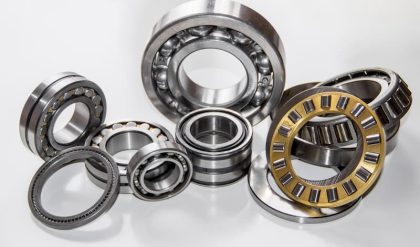

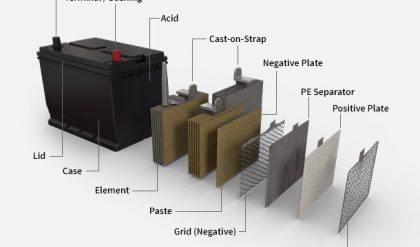
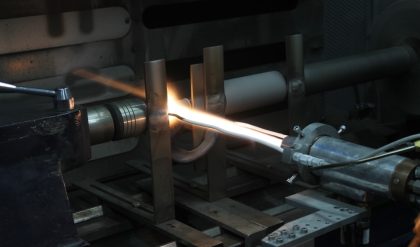
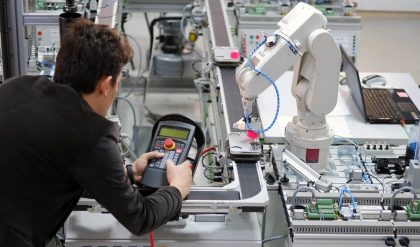
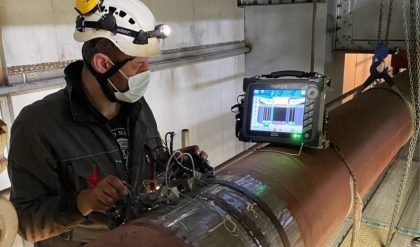
Comments are closed.